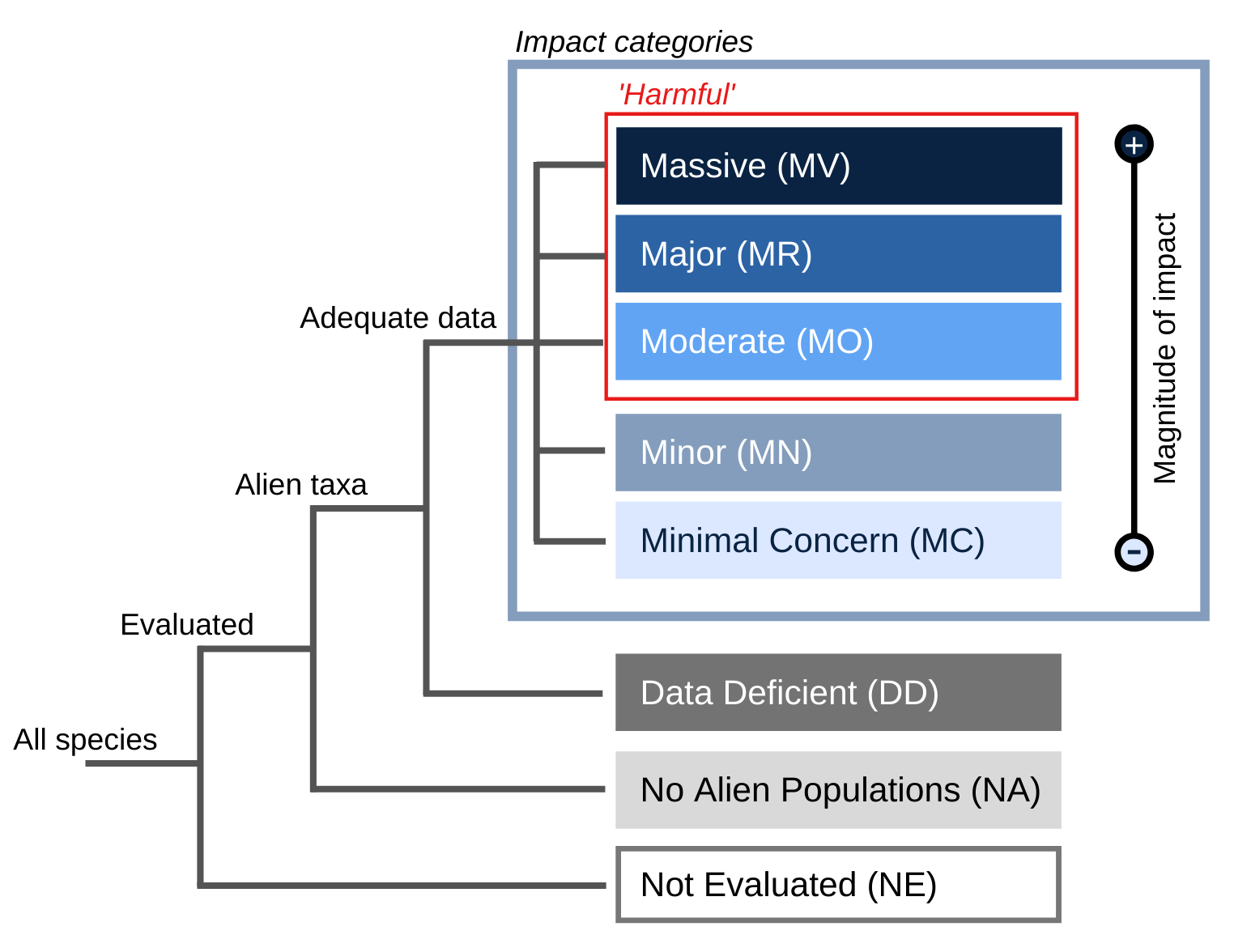- General
- Distribution
- Impact
- Management
- Bibliography
- Contact


Principal source: Campbell (2004) states that, \"While beetles inhabit non Pinus species, beetle reproduction is limited to infestations in pine species.\"
Compiler: National Biological Information Infrastructure (NBII) & IUCN/SSC Invasive Species Specialist Group (ISSG)
Review: Prof. Dr. Maria Rosa Paiva DCEA, Faculdade de Ciências e Tecnologia Universidade Nova de Lisboa Portugal
Publication date: 2005-08-29
Recommended citation: Global Invasive Species Database (2025) Species profile: Orthotomicus erosus. Downloaded from http://iucngisd.org/gisd/species.php?sc=787 on 22-12-2025.
Chemical: In field experiments, Klimetzek and Vite (1986) were able to lure O. erosus into traps baited with a combination of the beetle produced compounds 2-methyl-3-buten-2-ol and ipsdienol. The authors state that, \"When offered along with 2-methyl-3-buten-2-ol, an up to 1000-fold increase in concentration of racemic ipsdienol led to a continual increase in catch of O. erosus and Ips sexdentatus, accompanied by a steady increase of .female..female.-%. It is assumed that 2-methyl-3-buten-2-ol influences landing behaviour of O. erosus, while ipsdienol acts as a long distance signal\".
Mechanical: In South Africa, Wylie (2000) reports that, \"Sanitation felling and removal of Rhizina-infected older trees is necessary to prevent build-up of O. erosus.
Biologcial: Tribe and Kfir (2001) have been studying Dendrosoter caenopachoides, which was introduced into South Africa for the biological control of O. erosus.







